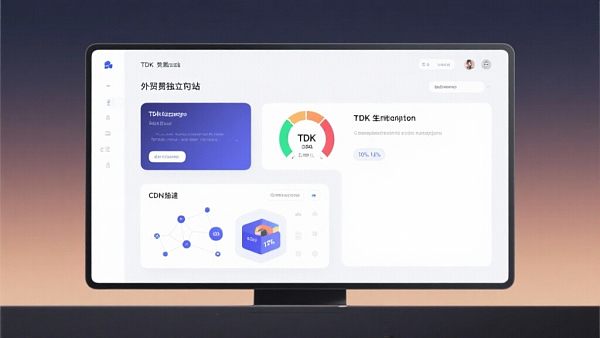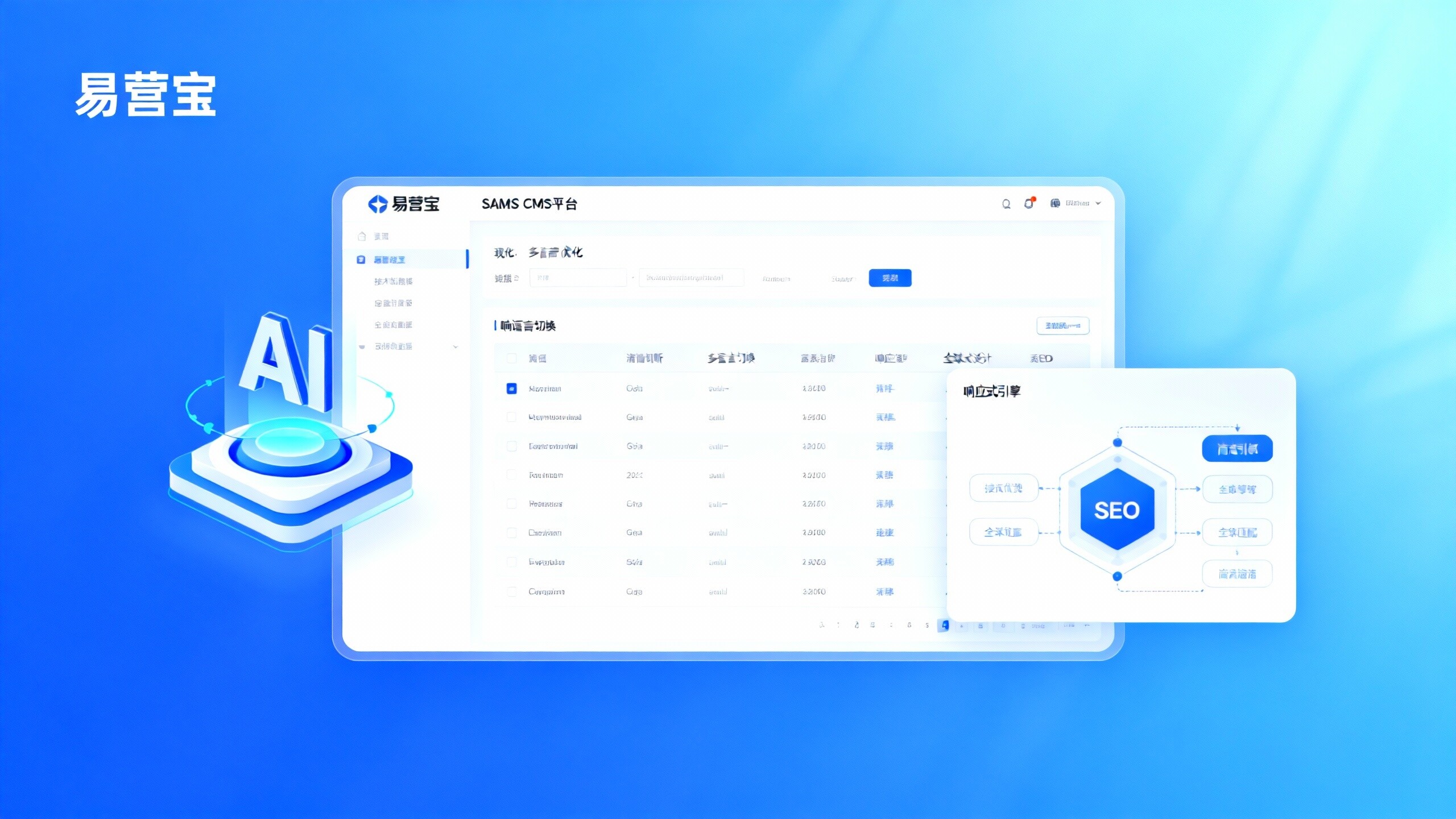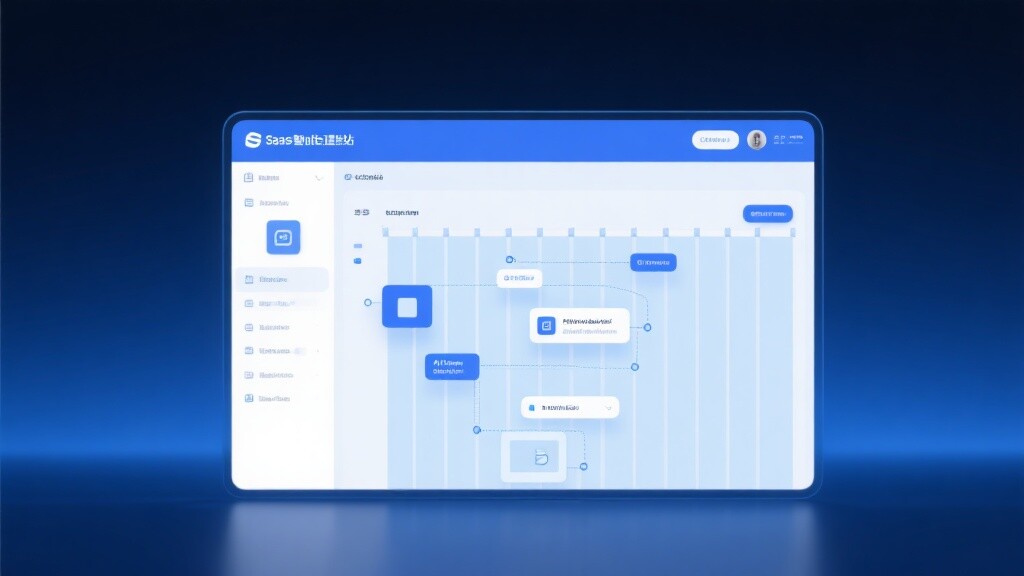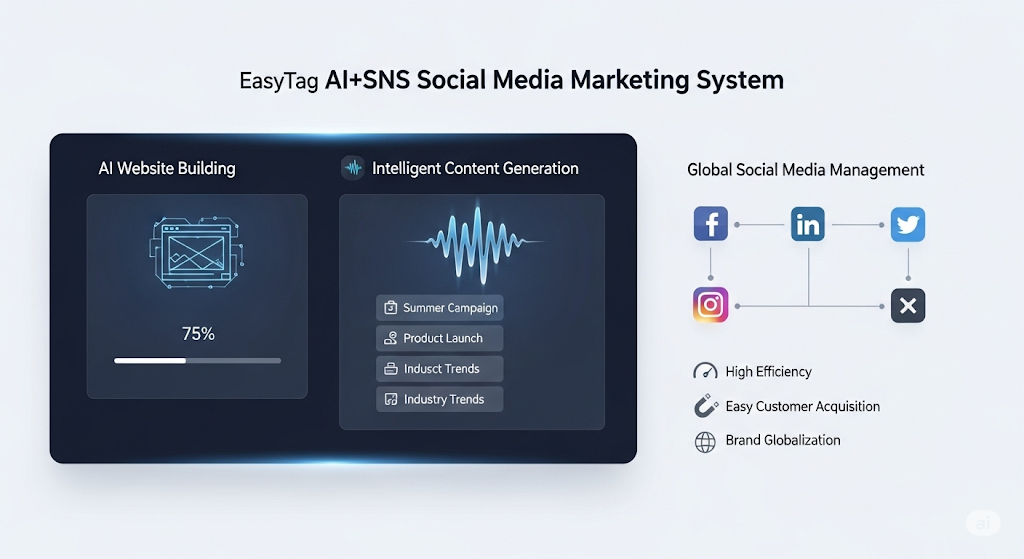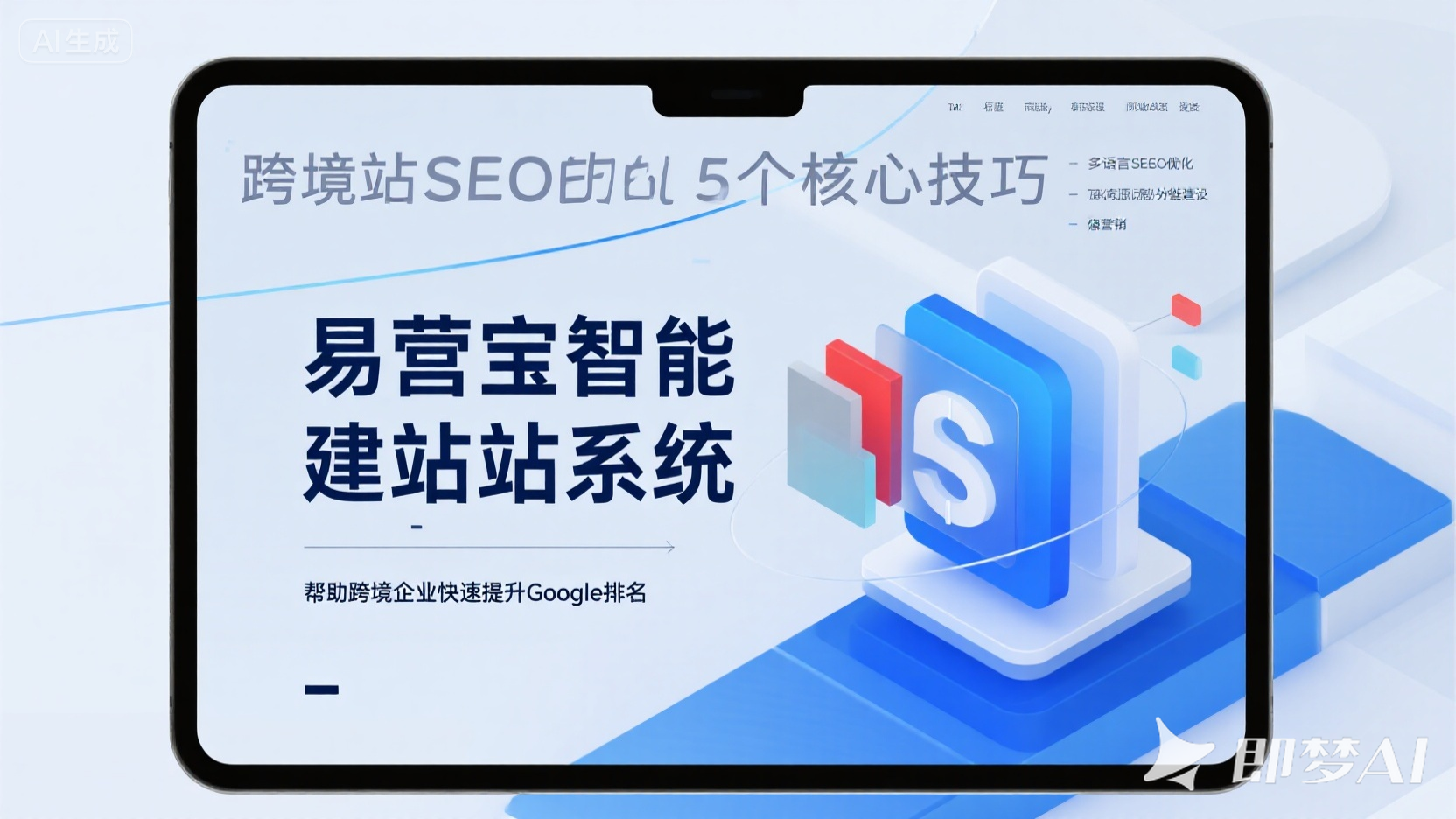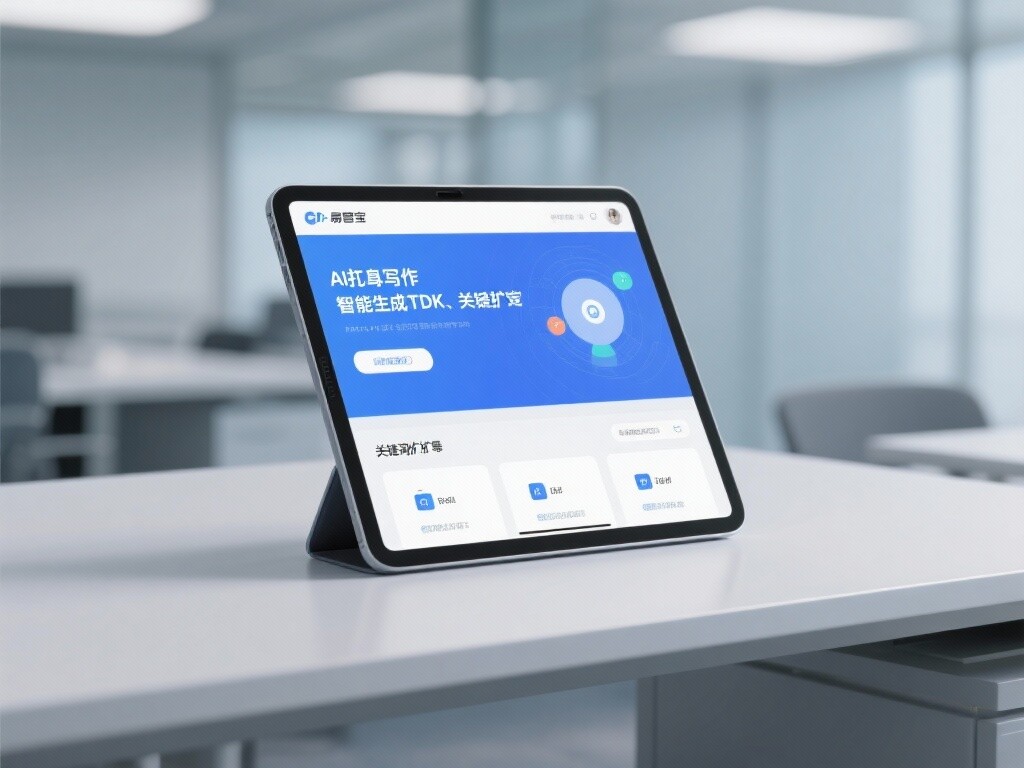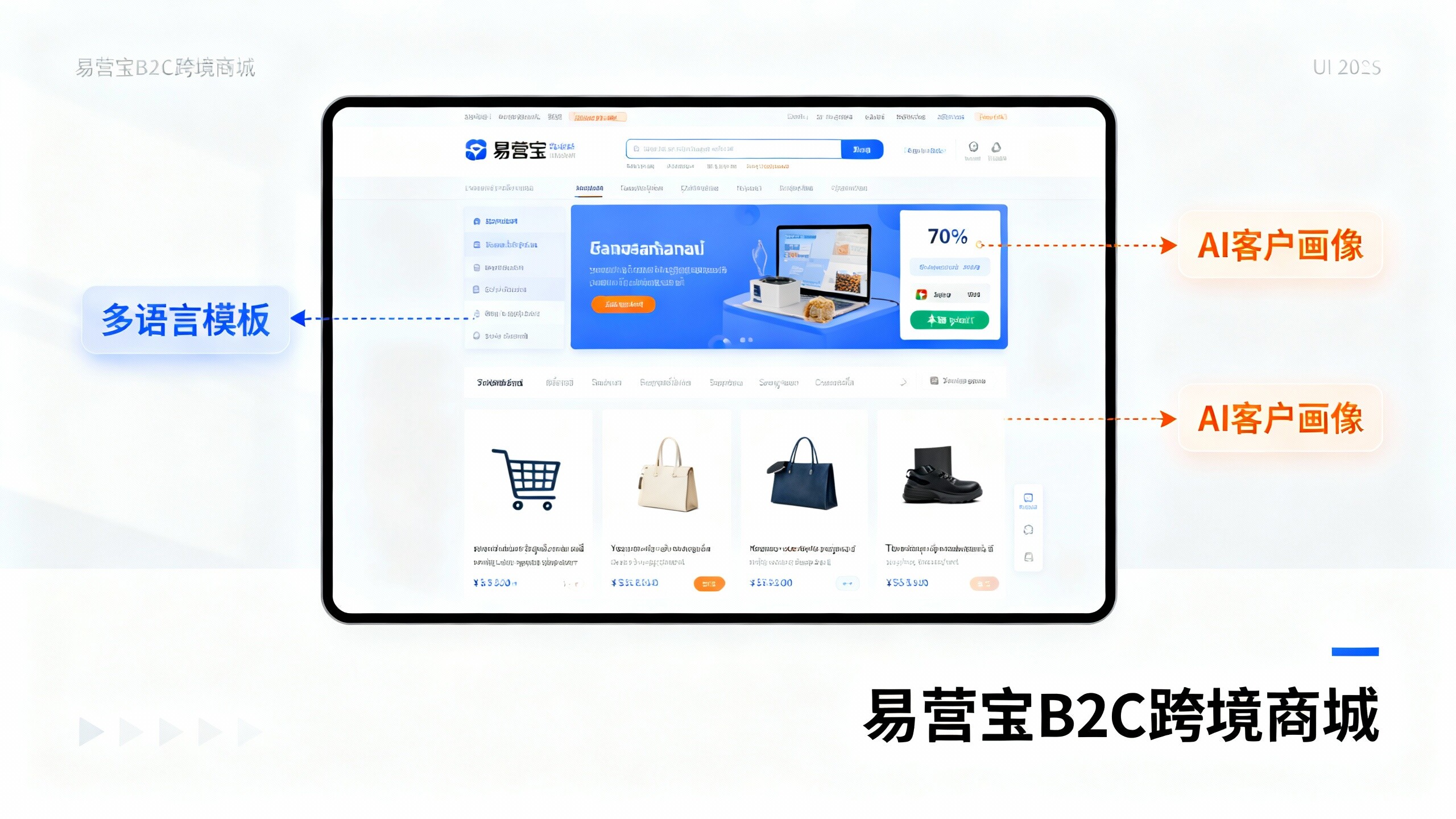- Enterprise SaaS Website Platform Comparison: Eyingbao vs Traditional Website Solutions2025-12-12View details
- 2024 Smart Website Industry Analysis: Enterprise Service SaaS Report Interpretation2025-12-12View details
- Eyingbao SaaS CMS Platform vs. Competitors: Which is More Suitable for Foreign Trade Enterprises to Build Websites?2025-12-12View details
- Website platform user research: What are the top 3 core needs that businesses are most concerned about?2025-12-12View details
- How to Choose a Schema-Ready Website Builder in 2024? 5 Key Factors Analyzed2025-12-12View details
- Cross-border SaaS Website Builder Selection: 5 Key Technical Parameters Project Managers Must Consider2025-12-12View details
- International Digital Marketing Trends: How Can a Multilingual Website System Boost Conversion Rates?2025-12-12View details
- How to Build a Foreign Trade Independent Website? 3 Steps to Create a Smart Site Supporting 10+ Languages2025-12-12View details
Rapid Middle East Market Entry Solution for Foreign Trade Independent Websites
Introduction and Objectives
A rapid market entry solution for the Middle East via independent foreign trade websites, combining multilingual website development with automated TDK generation for SEO optimization to enhance conversion rates. This document targets researchers and operational personnel, providing actionable strategies, technical insights, and procurement recommendations, covering the complete process from market assessment to execution. The primary objective is to achieve growth in traffic and inquiries from key Middle Eastern markets (e.g., UAE, Saudi Arabia, Egypt) within 6–12 months through multilingual content coverage, localized SEO, and targeted advertising, with a conversion rate increase of over 20%. To achieve this, four parallel capabilities must be developed: 1) multilingual independent website deployment and performance optimization; 2) AI-driven TDK auto-generation and keyword expansion for SEO to ensure discoverability; 3) global CDN and traffic cost control (including acceleration solutions); 4) localized payment, logistics, and compliance implementation. This document systematically breaks down executable pathways through modules such as definitions, market analysis, technical performance, procurement guidance, comparative analysis, case studies, and FAQs, facilitating corporate decision-making and project execution.

Definition, Market, and Trend Analysis (Including Industry Pain Points)
An independent foreign trade website targeting the Middle East market refers to a standalone site catering to Arabic and English users while addressing cultural adaptation, SEO-friendliness, and paid traffic strategies. The Middle East market is characterized by high purchasing power and rapid digital adoption but also presents challenges such as linguistic diversity, limited payment channels, and logistics/compliance discrepancies. Market trends indicate growing interaction between local search engines and social media (especially Meta/Instagram and regional search engines), mobile-first prioritization, and content/speed as direct ranking and conversion determinants. To address these pain points, prioritize multilingual website development (RTL-supportive Arabic layouts), localized TDK and structured data, and high-conversion website best practices. Automated TDK generation and AI-driven keyword optimization services significantly reduce content production cycles while ensuring keyword coverage and semantic relevance. Collaborating with Google’s advertising partners enables synergistic growth of organic and paid traffic. For businesses also targeting non-African markets, strategies for independent websites in these regions share similarities with the Middle East in terms of language, payment, and logistics and can be pursued concurrently.
Technical Performance, Implementation Steps, and Product Integration
Technically, establish performance baselines: deploy global CDN acceleration nodes for independent websites, enable automatic SSL, caching strategies, and lazy image loading to ensure page load times under 2.5 seconds. For multilingual frameworks, adopt semantic URLs, hreflang tags, and structured data (Schema.org products, breadcrumbs) to enhance crawl efficiency. AI-driven TDK automation services output daily title, description, and keyword suggestions, complemented by AI-expanded long-tail and localized keyword libraries. Implementation steps include: 1) demand and market prioritization (country, language, SKU); 2) foundational website and CDN deployment; 3) TDK and content template rollout; 4) social media and ad matrix coordination; 5) monitoring, iteration, and localized customer support configuration. For cost control, leverage traffic packages during peak or promotional periods to lock in outbound traffic costs and reduce pay-as-you-go uncertainty. For example, consider purchasing website traffic packages, which offer immediate activation, prepaid cost locking, and seamless integration with smart website systems. During traffic surges, prioritize deductions from prepaid packages for cost savings and real-time anomaly detection. Technical performance also encompasses multilingual SEO audits, log analysis, BI integration, and correlating AI keyword optimization outputs with actual traffic and conversions for closed-loop refinement.
Comparative Analysis, Procurement Guide, and Cost Control (Including Tables)
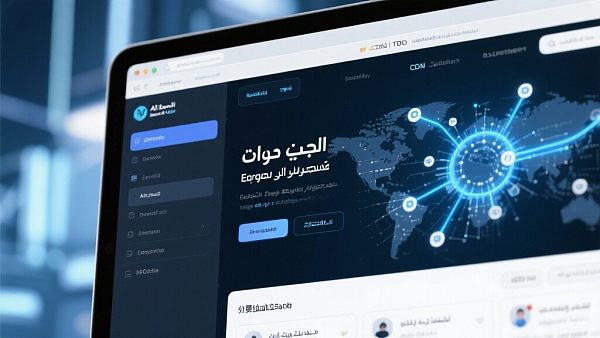
For procurement and solution selection, common options include pay-as-you-go CDN and prepaid traffic packages, each with cost and flexibility trade-offs. Pay-as-you-go suits stable, predictable traffic with granular billing but becomes costly during peaks. Traffic packages are ideal for e-commerce promotions or global expansion, enabling price locking, consolidated billing, and real-time monitoring. Operational teams should purchase and test traffic packages at least two weeks before campaigns and conduct CDN node stress tests. Key procurement considerations include estimating concurrency and bandwidth peaks, selecting CDNs covering Middle Eastern and non-African nodes, verifying API automation capabilities, and ensuring BI-integrated traffic consumption logs. A simplified comparison table highlights key differences:
Industry Scenarios, Case Studies, and Misconceptions
Real-world examples include manufacturing clients achieving a 1.8x inquiry increase within three months of entering Saudi and UAE markets via high-conversion independent websites and localized SEO. In non-African pilot markets, mobile experience and social media matrix optimizations yielded ROI within six weeks. Common misconceptions include assuming English suffices for Middle East coverage, neglecting Arabic cultural and RTL layout requirements, and over-relying on single platforms—all leading to conversion drops. Solutions involve adopting multilingual websites with localized payment/logistics details, integrating multilingual content strategies with automated social media operations, and avoiding channel concentration risks. Case studies demonstrate that combining AI keyword expansion with automated TDK services accelerates enterprise content production while stabilizing SEO rankings.
FAQ and Call-to-Action (Procurement and Implementation Highlights)
FAQ: 1) How should SMEs prioritize investments? Focus on 1–2 target countries, deploy multilingual homepages and three product pages, and validate payment/logistics paths. 2) How to measure multilingual effectiveness? Use structured data and UTM tags with BI-integrated traffic consumption logs for source attribution. 3) CDN node selection principles? Prioritize proximity to target countries with TLS/HTTP2 support, testing actual load times and DNS resolution. For emergency traffic and cost locking, combine traffic packages. Why choose us? As a Google Premier Partner and Meta official agent, we offer integrated solutions from smart websites and AI content generation to ad placements, backed by technical platforms, global CDN nodes, and cross-border implementation experience. Contact us for customized solutions and pilot quotes to accelerate your Middle East market entry.
- Campbell (name)
- free-standing station
- Intelligent website building system
- Multilingual SEO
- Multi-language website
- Multilingual Website for Foreign Trade Marketing Tools
- SEO optimization
- Google Partner
- Intelligent website building
- Foreign trade independent website
- High-Converting Website for Independent Foreign Trade
- Website traffic
- Independent website building
- SEO Optimization Services
- Foreign trade independent website construction
- SEO
- AI-powered SEO optimization services
- TDK Automatic SEO Optimization Services
- social media automation
- Global CDN Acceleration
- Global CDN Acceleration for Independent Foreign Trade Websites
- Multi-language foreign trade independent website construction
- Independent Foreign Trade Website for Non-European Markets
- Independent Middle East Market Website for Foreign Trade
Related Articles
Related Products

